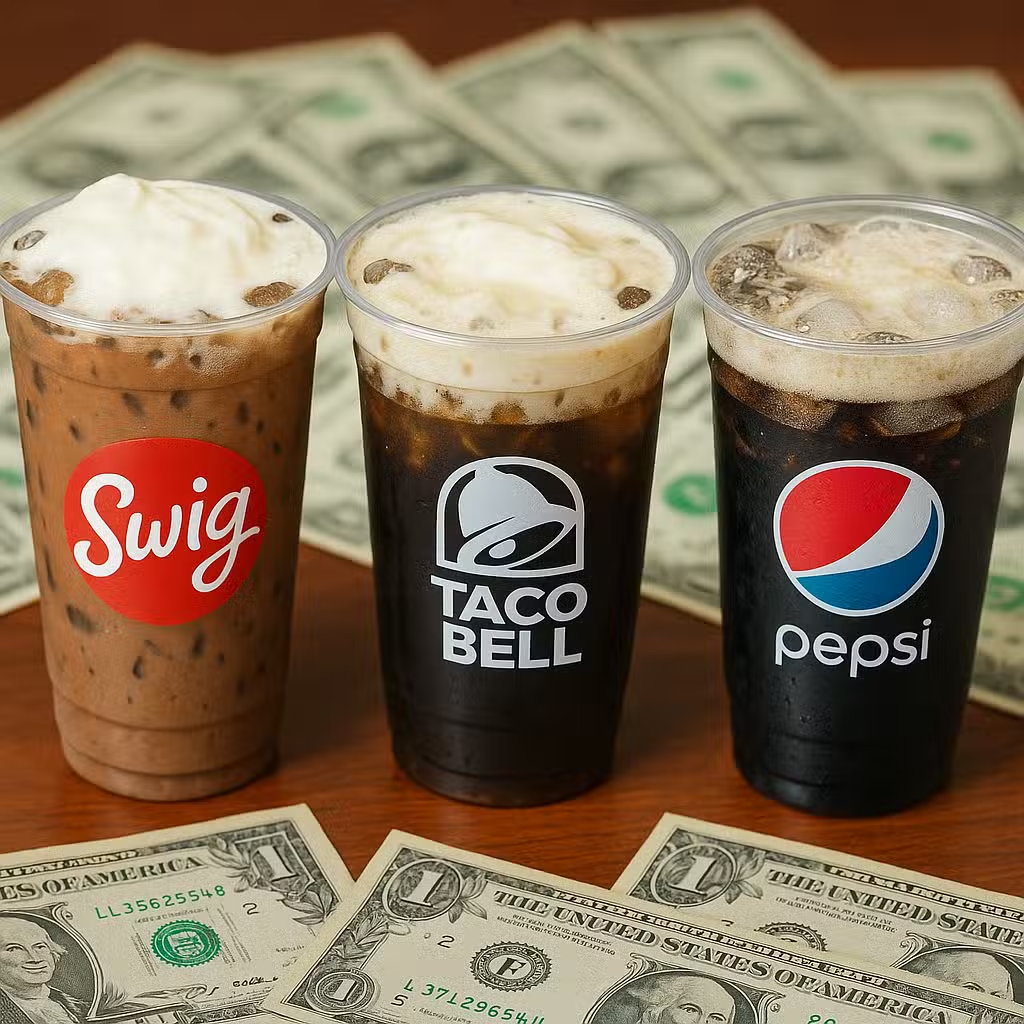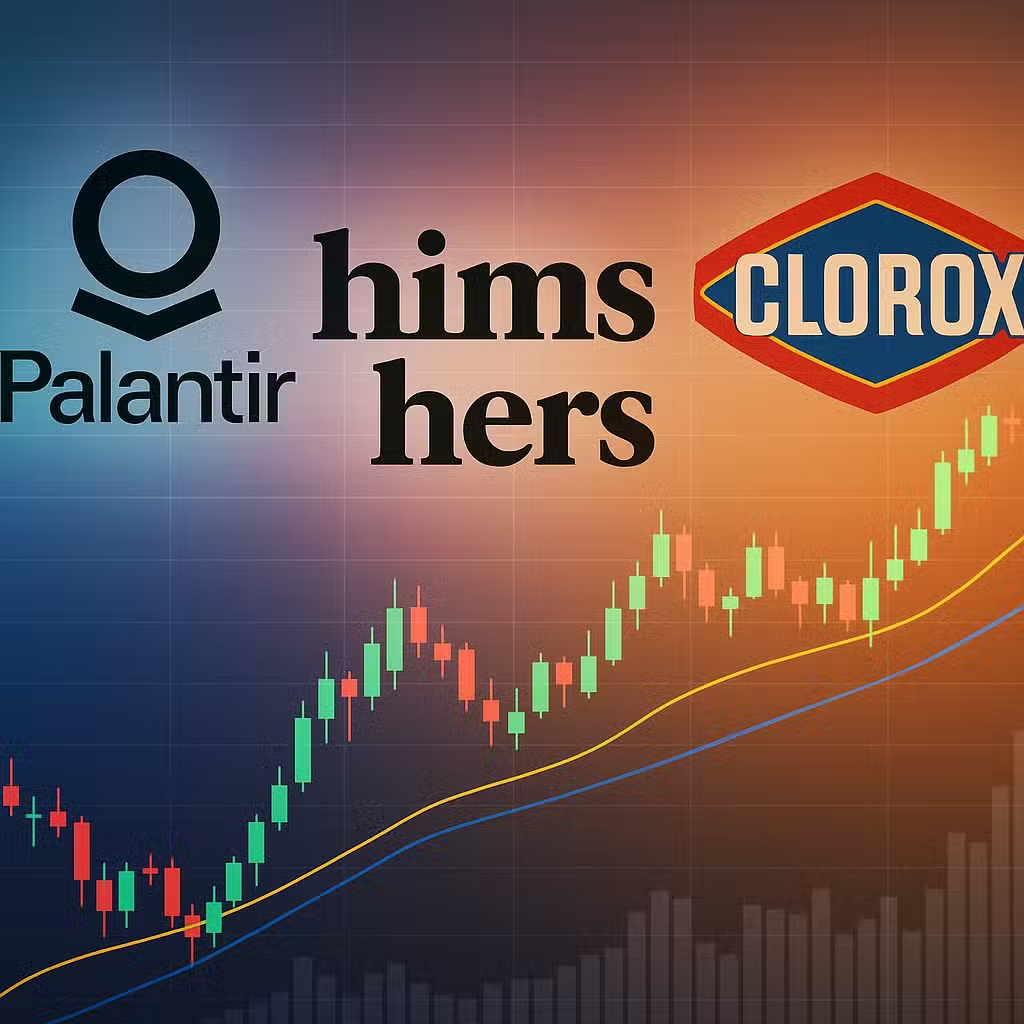Swig, Taco Bell, and PepsiCo Expand Dirty Soda Offerings, Creating New Growth for Investors
Imagine your favorite ice cream sundae, but instead of ice cream, it’s a fizzy drink mixed with sweet flavors and creamy goodness. That’s what “dirty soda” is, and it’s shaking up the world of beverages—giving investors something new to watch.
Why Investors Should Care About Dirty Soda
Dirty soda isn’t just a fun trend; it’s changing how big companies like PepsiCo and McDonald’s do business. When new drinks become popular, they can boost sales for restaurants, soda makers, and even grocery stores. Investors need to notice these shifts because they can affect stock prices and even whole sectors.
What Is Dirty Soda?
Dirty soda starts with regular pop, then adds things like flavored syrups, cream, or even fruit. It became famous in Utah at Swig in 2010, but now you can find it at big chains and in grocery stores across the country. Social media, especially TikTok, helped make it popular with younger people.
Bull Case: Why Dirty Soda Is Good News
- Brings New Life to Soda: After years of people drinking less soda, dirty soda is making it cool again. U.S. soda sales dropped from 15.3 billion gallons in 2004 to 11.87 billion in 2024, but now sales are rising again (Beverage Marketing).
- Easy for Restaurants: Adding dirty soda is simple. Most places already have soda machines and cream, so they don’t need to buy new equipment or train staff.
- Attracts Younger Buyers: More than 70% of Gen Z tries a new drink each month (Keurig Dr Pepper 2025 Trend Report), and dirty soda is especially popular with women ages 18 to 35.
- Affordable Treat: Dirty soda is cheaper than fancy coffee or cocktails, making it a fun treat even when people are watching their budgets.
- Ready-to-Drink Options: Companies like PepsiCo are rolling out bottled dirty sodas, creating another way to reach customers and boost sales.
Bear Case: Risks and Challenges
- Health Concerns: Soda still has lots of sugar and calories. As people look for healthier choices, this could limit how long the trend lasts.
- Fad Factor: Social media trends can fade quickly. If dirty soda stops being “cool,” sales could drop just as fast as they grew.
- Competition: As more brands jump in, it could get harder for any one company to stand out or keep prices high.
- Changing Tastes: The same young consumers who love dirty soda today might want something new tomorrow, like prebiotic sodas or other “better-for-you” drinks.
Historical Context and Sector Impact
Over the last two decades, soda companies have struggled as people chose water, coffee, or energy drinks instead. But every so often, a new trend—like energy drinks in the 2000s or craft sodas in the 2010s—shakes things up. Dirty soda is the latest twist, and it’s already pulling in younger customers who might otherwise skip soda entirely. Fast-food chains, sit-down restaurants, and even coffee shops are all jumping in to grab a piece of the action.
For comparison, when Starbucks made fancy coffee cool, other chains followed and the whole coffee sector grew. Swig’s CEO says dirty soda could do the same for soda, opening up new markets and boosting sales for everyone from Pepsi to local shops.
Investor Takeaway
- Watch beverage stocks: Companies like PepsiCo, Keurig Dr Pepper, and Yum Brands could benefit if dirty soda keeps growing.
- Track restaurant trends: Fast-food and casual chains adding dirty soda might see a boost in sales, especially from younger customers.
- Stay alert for health shifts: If health concerns grow or a new trend catches fire, be ready to pivot your portfolio.
- Look for related sectors: Companies selling syrups, creamers, or soda machines could also gain from the dirty soda craze.
- Expect volatility: Like all trends, dirty soda could fade fast—so keep your eyes open and don’t bet the farm on just one drink.
For the full original report, see CNBC







